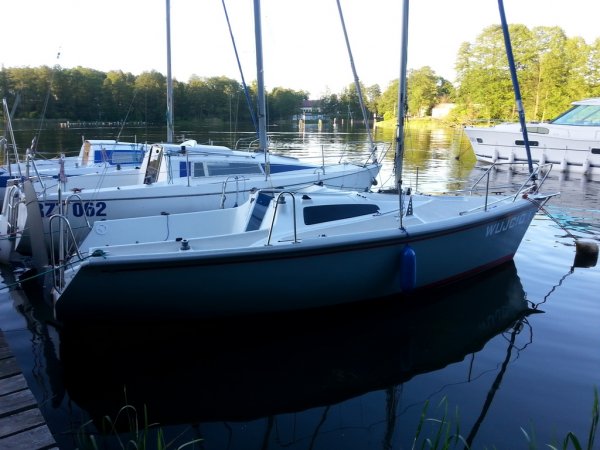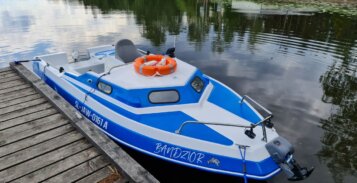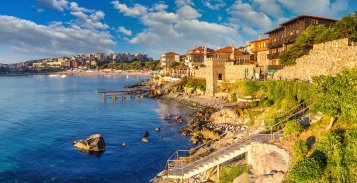
“When choosing a paint Sea-Line I downloaded and printed a catalog of products along with a guide – from the moment underpin my repair work and my knowledge.”
Peter Tyrka
Yacht Sportina 680

Renovation of the Spanish motorboat Ducauto caribe “Cut in half, gutted and made according to my own concept. The work […]

Opinion of our distributor from Bulgaria, Nicolai from Watersports Equipment – Varna, who works with Sea-Line for 5 years. “Watersports […]

Opinion of our distributor from Switzerland, Jürg from ANWANDER – Näfels. ‘My name is Jürg Iselin from ANWANDER in Switzerland. […]

Opinion of our distributor from Gibraltar, Gaynor from GIBYACHTS – Gibraltar. “Wanted to take few moments to talk to you […]
Sea-Line HARD and Sea-Line self-polishing antifouling are not intended for aluminum surfaces. They include copper oxide, which in contact with aluminum causes galvanic corrosion. Especially on aluminum, we offer ALU-PLUS self-polishing anti-fouling paint, which, in addition to excellent adhesion to aluminum, is also 30% more effective than traditional anti-fouling paints.
We recommend to always sand the surface between applying two different products to ensure uniform surface roughness and adhesion of subsequent layers. The sanded surface should also be cleaned and degreased.

Refilling and to tackle inequalities caused by damage to or during the course of production

Protects boat surfaces from the effects of destructive activities osmosis and corrosion

Provide an aesthetic and a perfect look of the boat also protective against water and UV radiation

Protect the hull from fouling with algae and shells

Effectively remove scratches, refresh the color of gelcoat or paint, fast shine effect

Special preparations for effective cleaning and refinishing

Laminating, gluing and filling in cracks in gelcoat

Range of products useful in the boat builder work